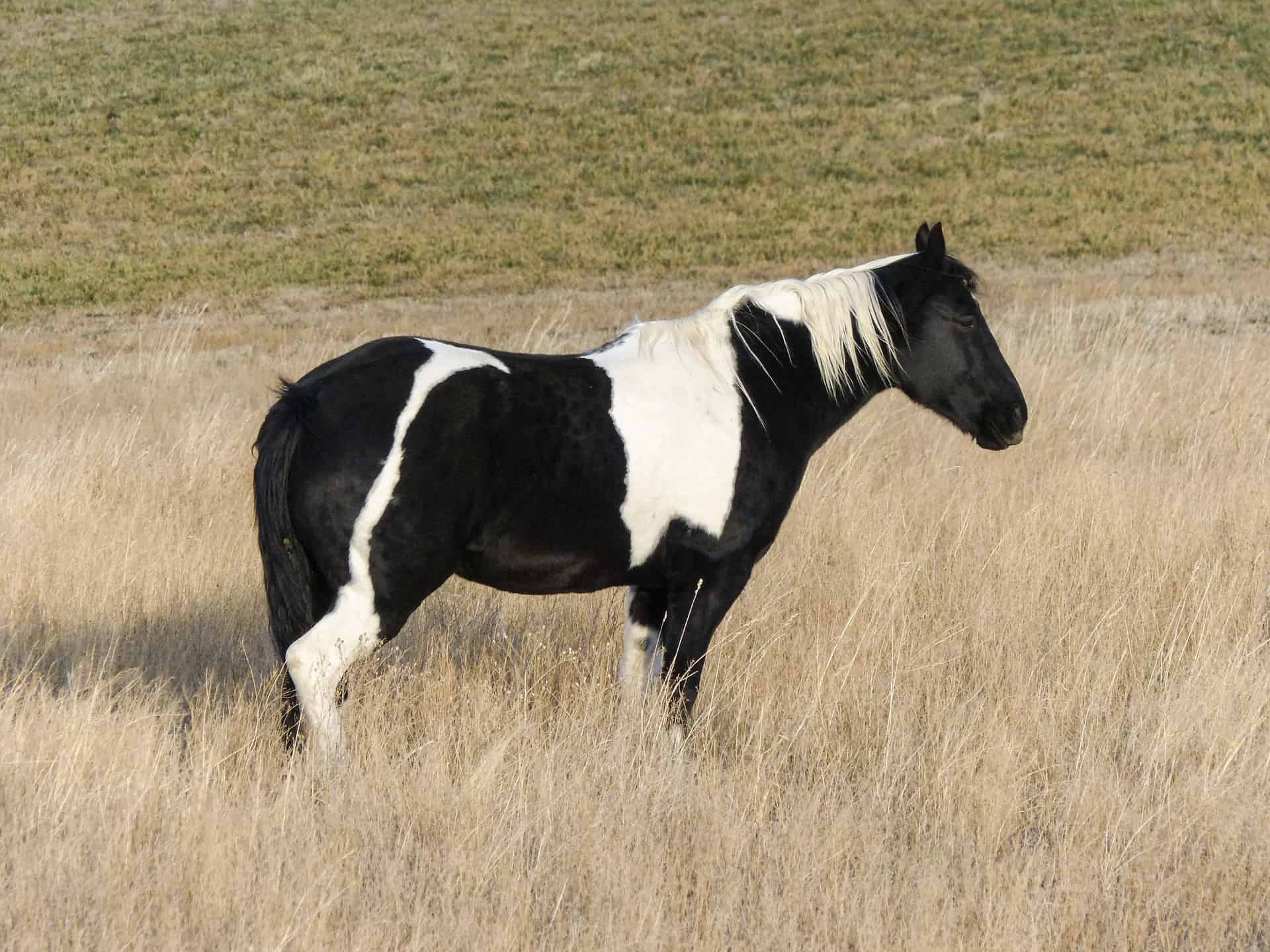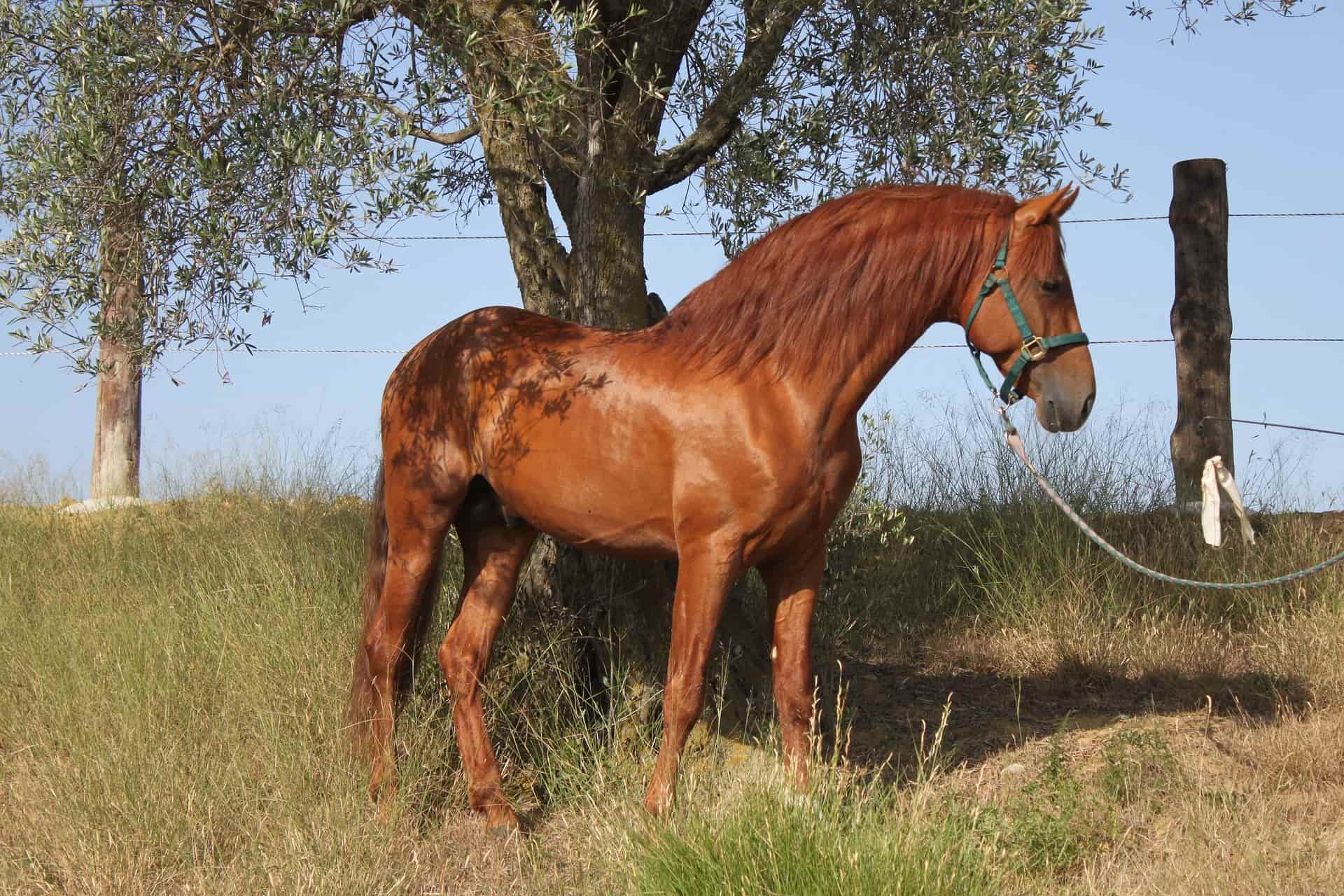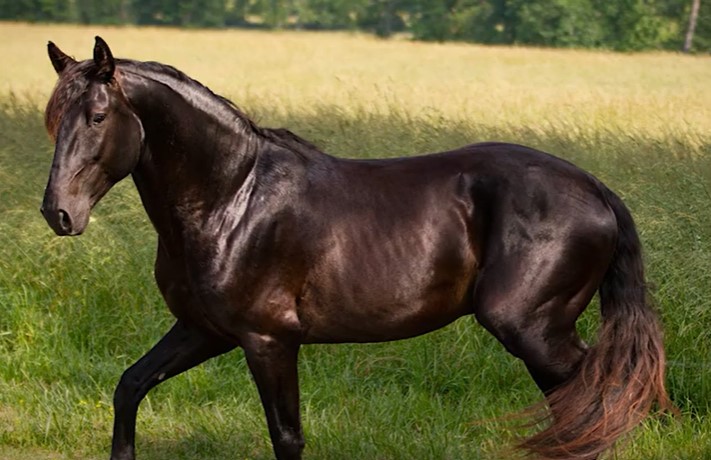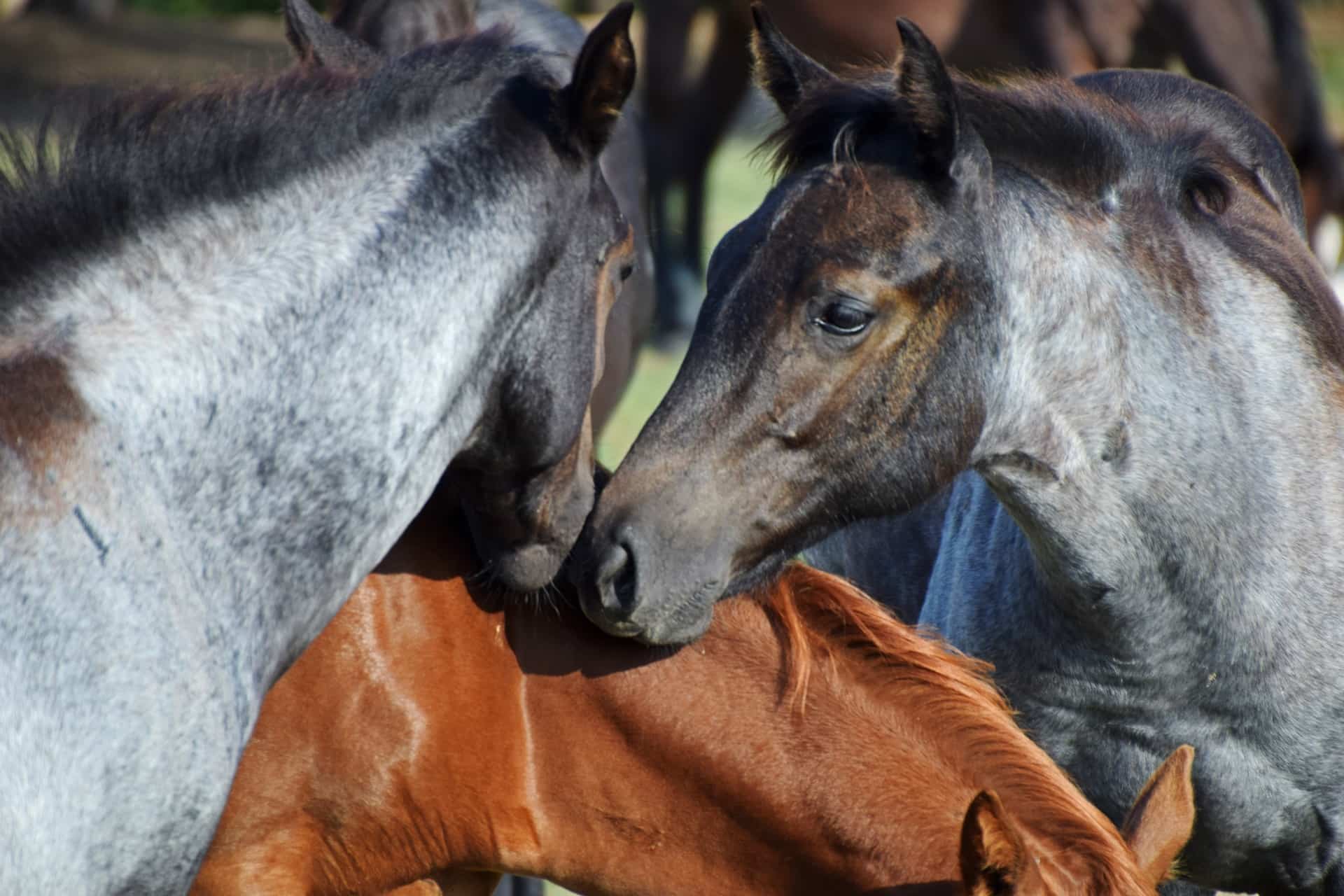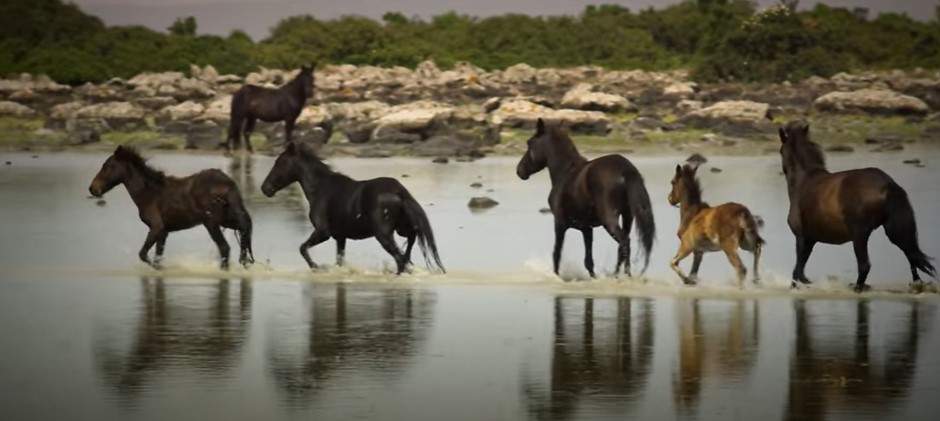As a classic color combination, black and white will always look good on anything – even a horse. The stark contrast creates a magical appearance that can captivate in the show ring. But if you’re not into competitive horse training, black and white horse breeds are simply easier to spot on your humble homestead.
Whatever the case, black and white horses look timeless and beautiful. So if you were hoping to get your hands on a black and white horse, here are some of the breeds that produce the most beautiful B&W colorways.
American Paint Horse
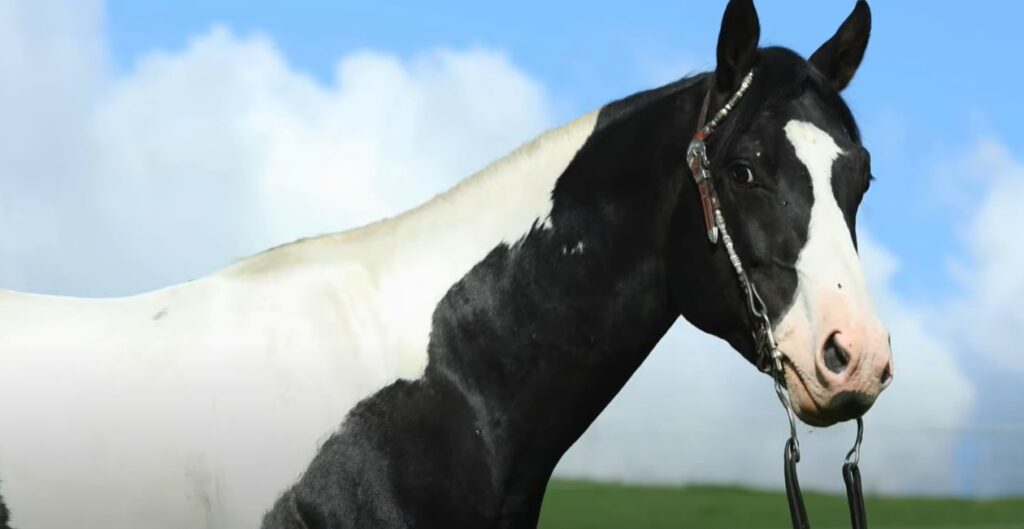
The name itself already tells you the American Paint horse makes for a beautiful companion. Developed from the American Quarter horse and Thoroughbreds with a pinto colorway, the American Paint Horse is distinguished by its large splotches of colored and white spots.
These often colorful horses come in a wide range of hues including chestnut, bay, and palomino. But of all the color combinations available for the American Paint horse, black and white remains in high demand.
Aside from the contrast between their predominant hair color and the secondary color however, American Paint horses get much praise and patronage for their calm, submissive demeanor and sociable personality. Although they definitely make for formidable competitors in the show ring, Paint horses perform best on ranches where they can perform light draft work. They’re also fantastic barrel racing horses.
Read our article to learn more interesting American Paint Horse facts.
Gypsy Vanner

Also called the Gypsy Cob, Gypsy horse, Irish Cob, or Tinker horse, the Gypsy Vanner is an expensive breed of horse that touts the traditional draft horse appearance. Packed with prominent muscles, big strong legs, and prominent shoulders and a wide chest, the Gypsy Vanner is a true blue workhorse.
The beautiful horses boast feathered legs and long flowing manes that add to its majesty and elegance. In terms of performance and temperament, the Gypsy Vanner earns its handlers affections with its docile temperament and trusting, intuitive demeanor.
Although available in a wide range of coat colors from solid to blue roan (learn what a roan horse is), the Gypsy Vanner’s signature look remains its black and white coat. These pinto colored horses tout large black and white areas that enhance their dramatic, domineering presence despite their relatively small size at just 12 to 16 hands.
Pony of the Americas
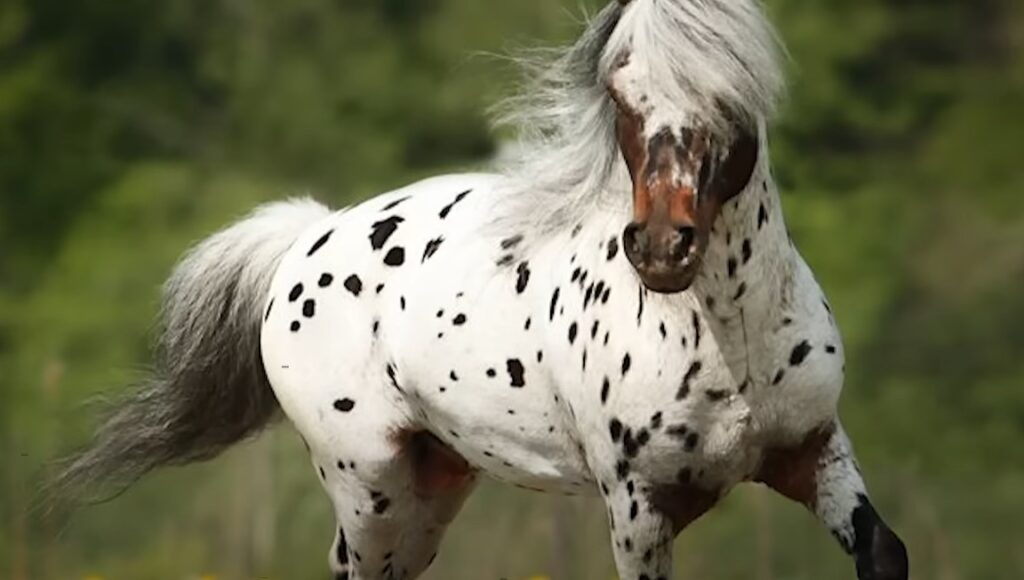
Born and bred in the state of Iowa, the Pony of the Americas stands at a meager 11 to 13 hands which makes it an appealing choice for horse enthusiasts looking for a compact animal. Combining genetics from the Appaloosa and the Shetland Pony, these miniature horses quickly grew in popularity beginning in 1952.
Docile, submissive, quiet, and introverted, this Shetland pony descendant is a very willing horse that easily takes to training. Although many individuals from the breed have joined competitions and sporting events, the horses also shine in various other areas.
Used as therapy animals and for educational purposes, these adorable animals make for a marvelous children’s pony because of its calm and easy demeanor. Colors for the Pony of Americas range from chestnut to black to bay. But most of the time, the miniature horse comes as a spotted horse with a white base color and black splotches.
Icelandic Horse
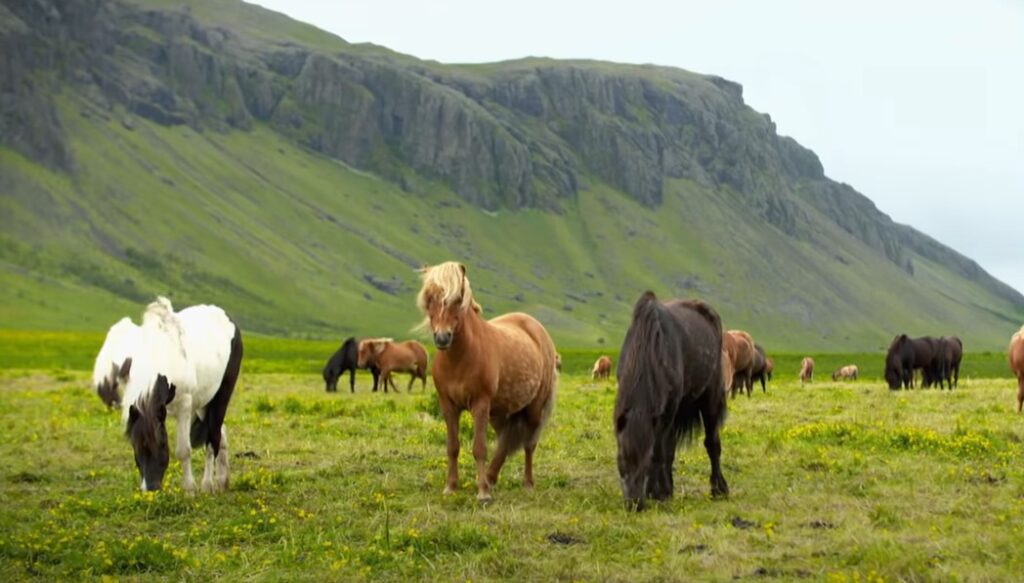
Renowned for their flying pace gait, the Icelandic horse was originally bred in Iceland (obviously.) Today, close to 5,000 Icelandics are registered in the United States. These small, flashy horses can bolt forward at a pace of 48 kilometers per hour, allowing this fast breed to compete in racing events. But because of their distinct footwork, the Icelandic horse also performs well in saddle seat divisions.
Graceful, majestic, and regal, these miniature horses exude a noble countenance that wows audiences in any arena. It also helps that they have the same proportions as normal sized, light horses. But more than just competing in sport and show, the versatile breed performs well under the care of farmers and ranchers.
Good natured, well rounded, and just all around relaxed and submissive, this miniature horse easily takes to new skills around a farm and makes a suitable family breed. Although often brown or dark chestnut in color, these fluffy pony-sized individuals also come in pinto patterns, and most notably, black and white.
Shire Horse
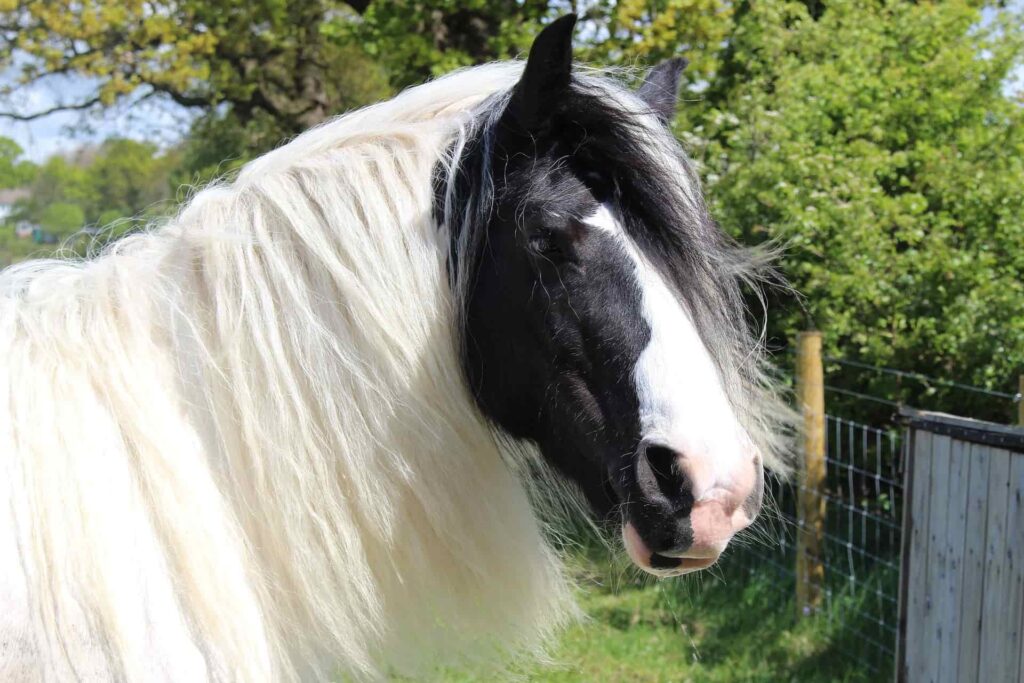
Placing a Shire horse next to other regular sized light horses highlights just how huge this juggernaut breed can get. It’s considered to be the largest breed of horse on average. Towering at over 17 hands tall and weighing as much as 2,000 lbs, the Shire black and white pinto is a full fledged work horse that was initially bred to tow barges when trade occurred mainly on canals.
In competition, Shires outshine their contemporaries in the disciplines of riding and driving. But if there’s anything the Shire is truly good at, it’s hard labor. This hardy breed easily moves ground, hauls logs, and carries heavy loads required for rigorous ranch work. In fact, many owners use them for forestry and expansive farming.
Albeit their size and strength, the Shire is a relatively docile creature. Strong and courageous, these animals demonstrate a soft side, typically when they’ve established a trusting relationship with their handlers. Again, they come in a wide assortment of colors, but they’re often black horses with white feathering on their legs and white face markings.
Friesian Horse
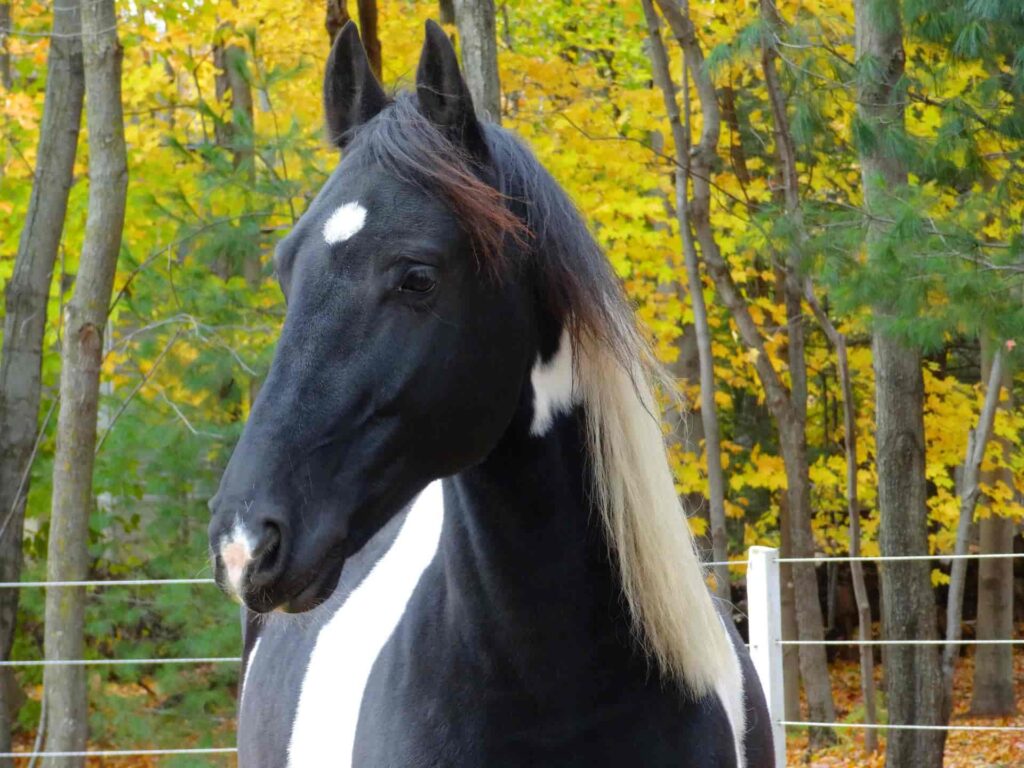
During the Medieval times, the Freisian horse’s ancestors were in high demand for their reliable performance as cavalry animals. Powerful instruments of war, these sturdy creatures are cold blooded horses that hardly flinch in the face of uncertainty and threats.
In present times, the Friesian breed’s trainability and submissiveness have made it a renowned performer in dressage. Light on their feet despite their size, the former war horse demonstrates excellent control, balance, and grace under the care of an experienced handler.
These muscular war horses is almost always a black horse, but some varieties may present white markings on the feet and face. With feathered legs, a long mane, and a dynamic, extended, lush tail, these sturdy horses would have made an ideal replacement for Goldeneye – the horse for the Sleepy Hollow film.
Learn more facts about the Friesian horse in our in-depth guide.
Appaloosa Horses
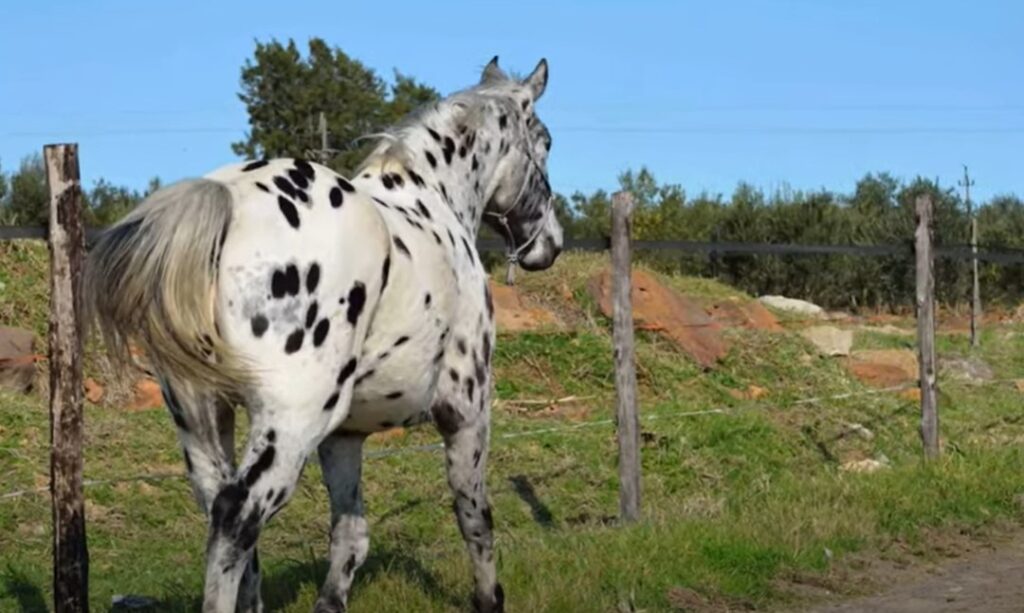
Independent, strong willed, and intelligent, the Appaloosa horse is one of many white and black horse breeds that might not be for everyone. Often described a gentle horse with a slight naughty streak, this intuitive creature knows what it wants. For this reason, the Appaloosa often finds the best care and instruction under the ownership of more experienced horse owners.
Nevertheless, the Appaloosa still demonstrates a friendliness and sociability that makes it more manageable especially for first timers. And because they’re a versatile horse, the Appaloosa has become a fairly popular breed across the United States.
As of writing, there are about 630,000 registered Appaloosas under the Appaloosa Horse Club. In part, they earned their prominence because of their leopard coat patterns that give the breed a very distinct appearance versus other types.
Morgan Horse
Measuring an average of 14 hands, the Morgan is one of the earliest breeds ever developed in the United States which also explains its long history in western disciplines. According to records, the breed began as early as the 1700s. Presently, it’s estimated that there are around 180,000 Morgan horses registered under the breed registry.
Perfect for western riding, the Morgan is one the breeds that performs well in long distance trail riding because of its distinct foot pattern. And although not all Morgans are gaited, there are some naturally occurring gaited horses born into the breed.
These lovely riding horses are jolly, carefree, and high-spirited, hardly ever giving their handlers a tough time. Often a dark chestnut color, Morgans may also produce black and white offspring with solid black coats that showcase bright white markings on the face and legs.
Tennessee Walking Horse
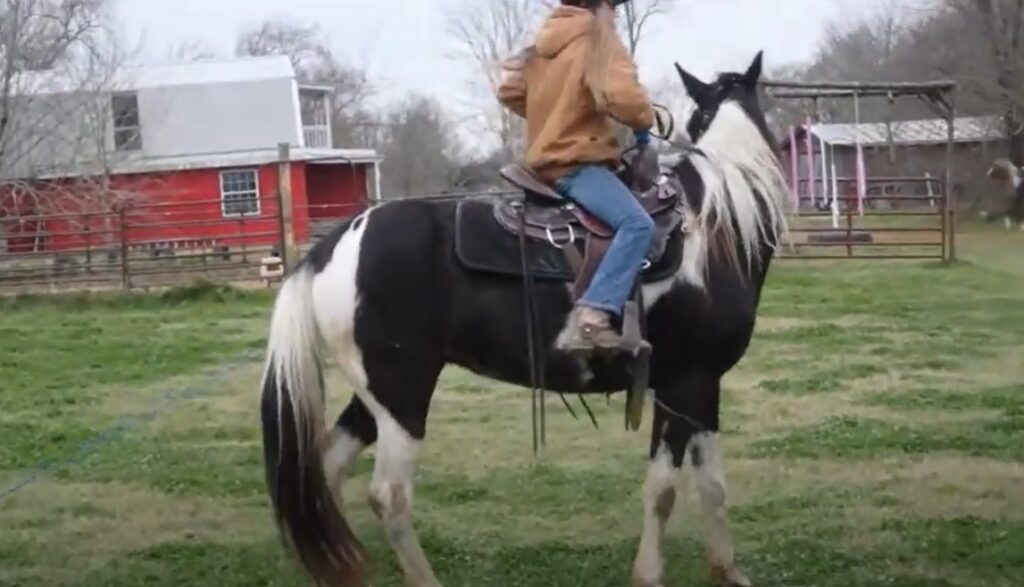
Combining genetics from many horses like the American Saddlebred and Morgan, these black and white horses aren’t exclusively black and white pinto in color. But because of the sheer beauty of the black and white colorways, the Tennessee Walking horse has often received recognition from the horse world because of its elegant appearance.
A gaited horse by nature, Tennessee walking horses have earned a reputation for their supreme endurance and stamina. Able to perform a running walk for miles and to navigate treacherous terrain with sure footedness and confidence, the Tennessee walking horse has become one of the many horse breeds sought after by enthusiasts in the equine world looking for a horse that can compete in the western disciplines.
Either solid black or solid white with opposite colored markings, the Tennessee Walker performs well in show and sport, but ultimately finds a place as pleasure horses. Easygoing and gentle, these animals cooperate effortlessly especially with mild mannered owners.
Other Breeds with a Black and White Coat Pattern
Many breeds can come in a black, white, or black and white combination coat. Some may tout a solid black coat color with a white mane while others proudly parade their pinto coloring. Whatever the case, these lovely horses have an increased chance of showcasing that highly-sought after black and white colorway that you’re looking for.
- Arabian horses
- Mustang
- Luisitano
- Pure Spanish Horses
- Percheron draft horse breed
- Boulunnais horse
- Andalusian horse
- Shetland ponies
- Irish Draught horses (beautiful mixed breed horses)
- American Saddlebred
Frequently Asked Questions
What is a black and white horse called?
By definition, pinto horses are those that have large patches of white over any other base coat colors – including black. Solid black horses or solid white horses don’t necessarily have a distinct name.
What is the rarest color of horse?
Pure white horse breeds come out on top as the rarest of them all. Some horse breeds may produce a seemingly all white horse, like the few spot leopard Appaloosa.
There’s Beauty in Contrast
Although common coat patterns and colors definitely have their own appeal, black and white coats have their own distinct charm. Adding a touch of drama to many individuals across different breeds, black and white coats easily appeal to enthusiasts with a flare for elegance and nobility.
So if you were looking for the best looking black and white horse breeds, make sure to check out our recommendations to find the perfect black and white horses to suit your fancy.
